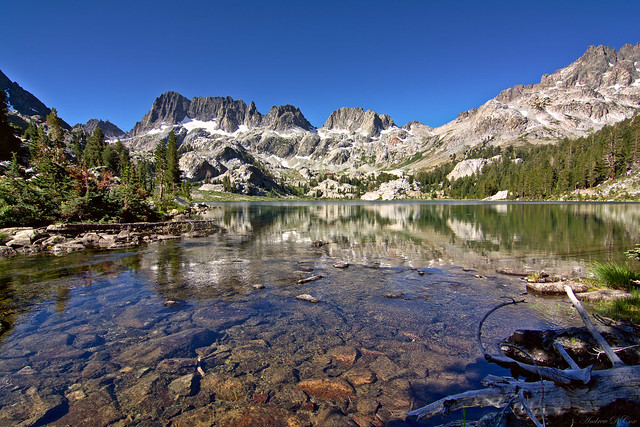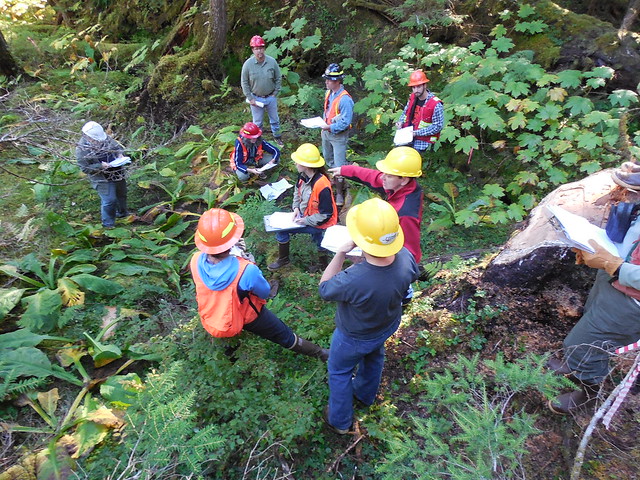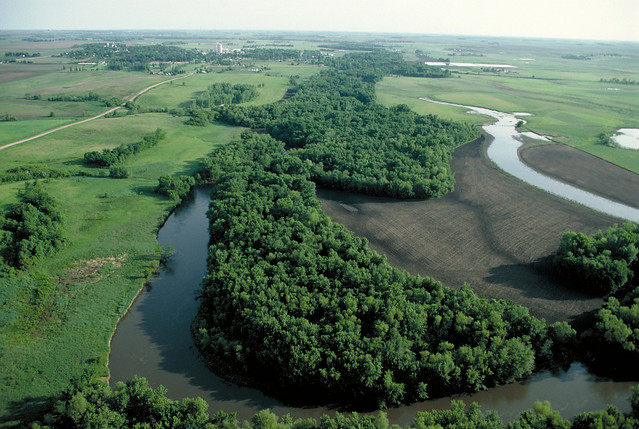
Behind every drop of water from the tap is an entire forest ecosystem. And while it’s easy to take drinking water for granted, you might be surprised to learn that the nation’s largest single source of water is the National Forest System, the network of national forests stewarded by the USDA Forest Service. Many of these national forest lands overlay the source areas for important rivers and aquifer systems, and more than 60 million Americans rely on them for drinking water.
Scientists from Forest Service Research and Development, or R&D, investigate the quality and quantity of water from forests and conduct research that informs water stewardship and reduces costs. For example, one R&D study showed that nearly 21 million people in the South receive their drinking water from national forest lands – roughly equivalent to the population of Florida!
These study results can support efforts to conserve the forests that protect the area’s clean water supplies. Sustaining forests both on and off national forest lands is an efficient and cost-effective way to protect critical water infrastructure compared to investing in flood control, water purification, and other man-made infrastructure.
In partnership with NASA on the SnowEx project, R&D is helping improve forecasting of the production of water from spring snowmelt. This research is significant because much of the western U.S.’s water supply is derived from mountain snow. Better information about this water supply can improve hazard forecasting, water availability predictions, and agricultural forecasting.
Whether developing camp sites for visitors or restoring stream habitats, work on national forests sometimes involves disturbing the ground. In these, and similar projects, care must be taken to avoid sedimentation and other negative water quality impacts.

In fact, R&D pioneered the first national program to monitor the implementation and effectiveness of Best Management Practices, or BMPs, which are techniques that help control and reduce water pollution and protect aquatic ecosystems. The resulting consistency and streamlined approaches of BMPs throughout the National Forest System promise to improve water quality and save millions of dollars.
For instance, forest buffers are strips of vegetation along streams, lakes, and wetlands that stabilize banks and filter pesticides, animal waste, and sediment from agricultural runoff. A software tool produced by R&D helps land managers design buffers that are wider along banks where pollution inputs are higher. Such variable-width buffers can more effectively and cost-efficiently trap pollutants than standard, uniform-width buffers.
By investigating how forested landscapes foster watershed health and contribute to water supplies, R&D continues to build a solid scientific foundation for informed forest management decisions, including those designed to protect U.S. water supplies. We must understand the forest’s role in supporting life on Earth so it can continue to sustain us. To learn more about where much of our drinking water come from, watch “Your Best Waters,” a video produced through a FS/Freshwaters Illustrated partnership.

